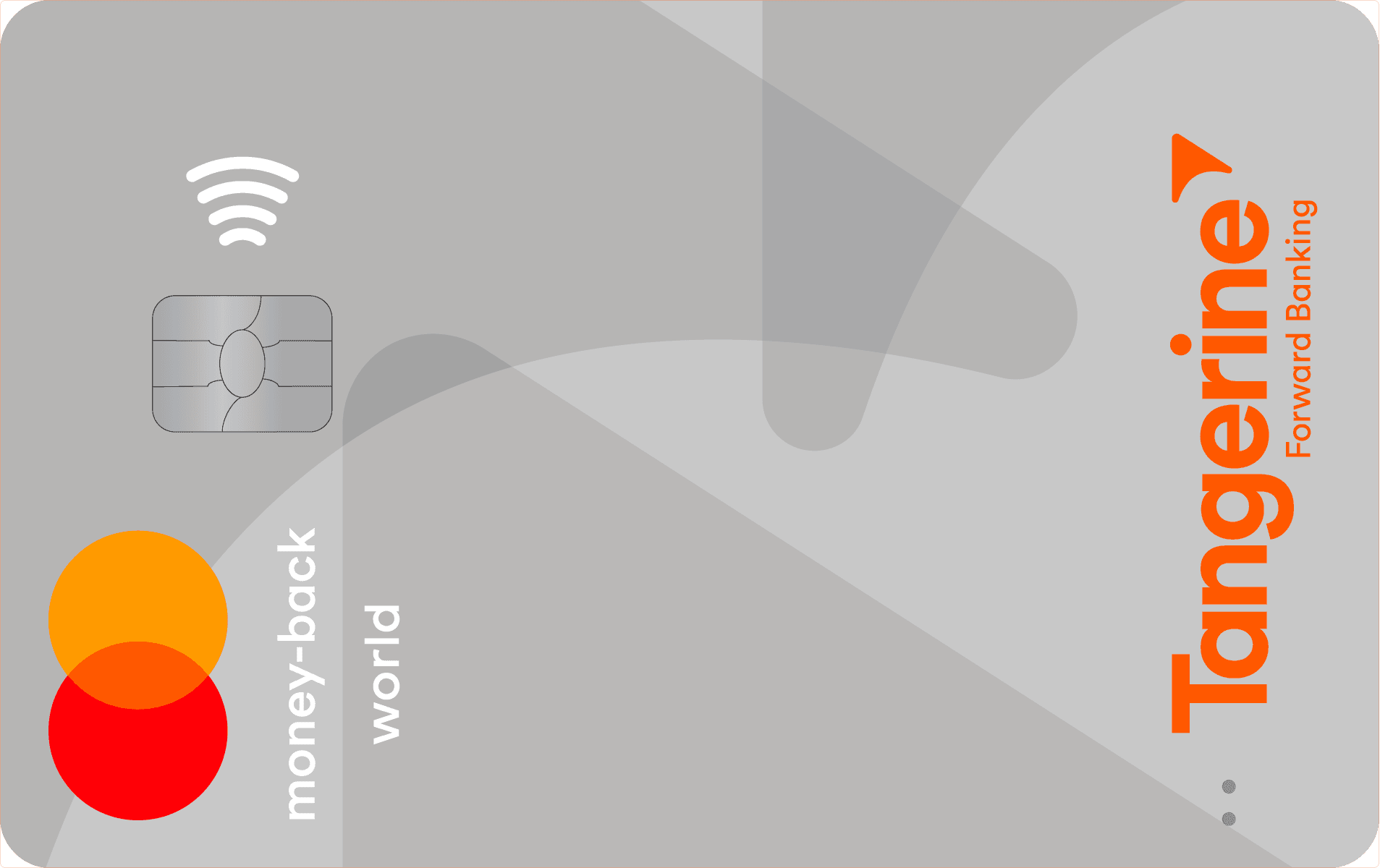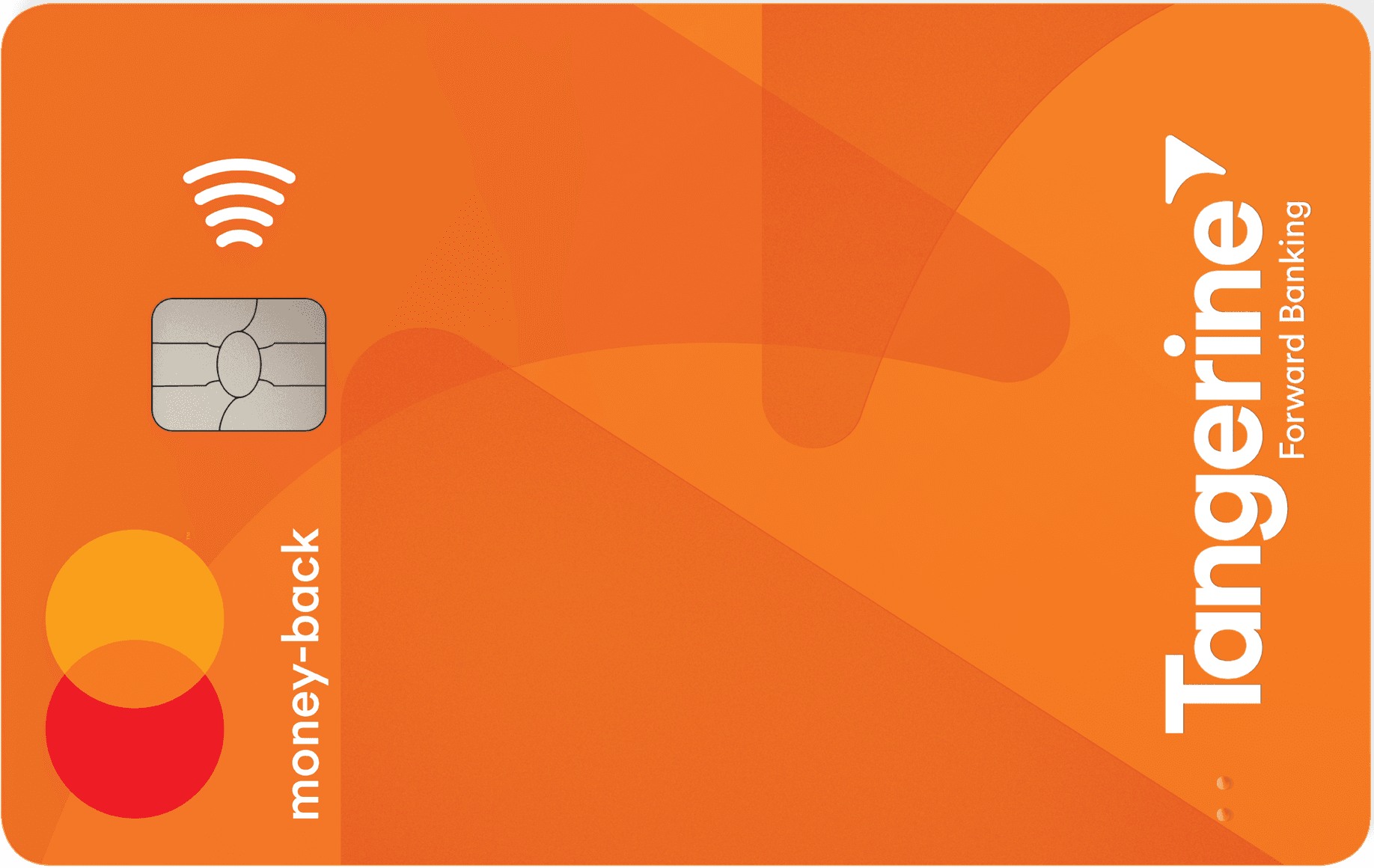Working hard in the background...
How to Build a Money-Saving Plan in Canada
Published Dec 2, 2025 3:26 PM • 5 min read
In our previous posts, we’ve talked about saving and how to spend less, but today, we’re going to tell you how you can actually implement a money-saving plan.
From setting financial goals to budgeting and storing funds inside of a savings or investment account, use this blog as a blueprint to savvy saving.
Set Financial Goals
The first step you should always take when making a money saving plan is to set financial goals. To do so properly, craft SMART goals – goals that are specific, measurable, achievable, relevant, and time-bound.
These goals can be short term or long term, anything from a beach vacation to expanding your education to putting away a retirement fund.
To start, you should always strive to tuck away savings for emergencies – at least a little something to support you if you ever fall between jobs.
Overall, financial goals feed your motivation to save, keeping you on track even when spending temptations come around. To help you visualize your goals, consider writing them down. For assistance in creating and managing your goals, try using a financial goal calculator.
Track Your Income and Expenses
To make your goals a reality, you need to get back to reality. By this, we mean tracking your monthly income and essential expenses.
The process of tracking can be quite simple, you can put pen to paper, open up a new excel sheet, or download a financial tracking app.
Whichever method you choose, just make sure you include your monthly income after taxes, categorize your expenses, and decipher which non-essential spend categories could benefit from some budget cuts. Non-essential spend categories might consist of online shopping, dining out, or underused subscription services.
Create a Budget
Once you’ve mapped out your money, you’ll need to manage it. The best way to manage your money is to create a monthly budget.
If you need extra help building your budget, don’t be afraid to take advantage of online budget planners or applications.
If you plan on tackling a budget plan on your own, start by trimming any unnecessary expenses. Necessary expenses include things like your rent/mortgage, your bills, gas, and groceries. Anything you don’t need to put a roof over your head, get you to work, or put food on your plate is a luxury and should not be a first priority when saving.
Still, that doesn’t mean you have to cut out luxury purchases altogether. Many people follow the 50-30-20 rule, a budgeting tactic that allocates 50% of your income to essential expenses, 30% of your income to non-essential expenses, and 20% of your income to savings. The best part about this method is that it’s customizable, so don’t let the word “rule” intimidate you. You can always start by putting 10% into your savings and work your way up to 20% – just be sure to prioritize your essential expenses.
Get Rid of Any Debt
Before you put your new budget into motion, it’s best to get rid of lingering debt before using your savings for anything else.
In our How to Get Out of Credit Card Debt article, we cover popular debt-paying strategies like the snowball and avalanche methods. That said, sometimes the best way to save on paying off your debt is to consolidate your debt, something we also cover in the blog post. Debt consolidation consists of combining your debt into a low-interest consolidation loan or transferring outstanding balances to a low-interest balance transfer credit card.
Consolidation strategies and debt management plans are best mapped out by a credit counsellor. For a free consultation on pulling you out of debt and back on your feet, check out Consolidated Credit, a Canadian debt consolidation agency.
Save 30-50% on interest payments
Reduce the high interest on your debt by consolidating it in one place.
Get a personalized debt management plan and a 50% discount on your setup fee.

Tuck Any Excess Into Savings or Investment Accounts
So, let’s say you’ve set your goals, built your budget, and successfully consolidated your debt – now what?
At this point, you can take any extra income and stash it inside a savings or investment account of your choosing.
To make transferring income easier, you can automate your savings so that they’re sent directly from your chequing account to your savings account either a couple times a month, or whenever you get paid.
To select a savings or investment account, you’ll want to consider whether your funds are intended for the short term or the long term.
If you’re looking for short-term savings, then consider a savings account, short-term deposits, or short-term guaranteed investment certificates (GICs).
Long-term savings can be put into stocks, long-term deposits, registered retirement savings plans (RRSPs), registered education savings plans (RESPs), or tax-free savings accounts (TFSAs).
When opting into an investment plan, be cautious about market shifts that may lose you some money in the investment process.
When in doubt, always chat with a financial advisor or planner to make informed decisions about where you want your savings to go.
Keep Implementing The Plan
It’s one thing to have a plan in place, and another to implement that plan in real time.
To save successfully, you’ll need to be dedicated, consistent, and clever.
Here’s a close look at what you’ll need to do to keep your money saving plan intact.
Avoid Spending Temptations
Inevitably, you’re going to face temptations while saving. At first, you might even give in to the occasional overpriced coffee-run, or purchasing that new product that you definitely didn’t need.
We’re not here to scold you, pathways towards success aren’t always simple, especially when there are spending temptations all around you.
You’ll see this persuasion featured in every other TikTok, on the ads between your latest Netflix binge, or even in your emails and text messages. At the end of the day, marketing makes its way into nearly everything, you may not even realize how often you’re being influenced.
Luckily, there are ways to remedy this issue – for the most part. Try using the “not interested” feature on unwanted social media content and download ad blockers onto your internet browser. Take things a step further by unsubscribing to any email lists or text updates from your favourite non-essential retailers.
Shop Smarter
Obviously, you can’t stop shopping altogether (at least for the necessities), but you can shop smarter.
For the essentials (i.e. groceries), wheel your shopping cart around the perimeter of the grocery store where the freshest and sometimes the cheapest products take up space. Also make sure you stick to a carefully crafted grocery list (inspired by your budget), buy in bulk, and clip any coupons you find tucked away inside store flyers.
If you have to buy new household items or clothing, purchase them from a second-hand retailer or buy the item during its off-season when it’s more likely to be on sale.
When shopping online, install a rebate extension like FinlyBoost to receive cashback on purchases made at partnered merchants.
Clearly we’re big on credit cards, so naturally, we also encourage you to find a credit card that optimizes your expenses by earning you cashback or points towards other purchases you may want to make in the future. If you’re feeling curious, click the following link and browse our Best Credit Card Finder.
For more details on how to save money and stick to your budget, check out our 50 Ways to Save Money in Canada blog post.
Challenge Yourself
There are actually tons of money-saving challenges out there to help you reach your goals.
Here are some popular challenges you can compete in:
- The money freeze challenge: When you stop spending money on non-essentials for a fixed period of time – maybe you quit online shopping for a month.
- The 52-week challenge: A slow-increasing, year-long challenge where you save $1 during the first week, $2 during the second week, $3 in the third week and so on until you get to week 52.
- A dollar a day challenge: Simply put, save a dollar a day for a whole year to put towards your emergency fund.
- Keep the change challenge: When you pay in cash, consider storing all your change inside a jar until you save a substantial amount.
- Weather Wednesday challenge: Every Wednesday, visit the weather app to see your city’s high temperature and transfer that amount into a savings account – as Canadians, this is where constant cold weather might not be such a bad thing!
Review The Blueprint
Perhaps one of the best ways to stay on track with your budget is to review the blueprint.
When you go back to the original plan, you can check your progress to ignite motivation, and make adjustments where necessary.
Conclusion
There are plenty of ways to save money and spend less, but the only way you’ll actually reach your savings goals is if you follow a personalized money saving plan.
To summarize the key points from this blog post, here’s how to piece together a successful money saving plan today:
- Set financial goals.
- Record your monthly income and expenses.
- Make a budget based on your financial record.
- Pay off any lingering debts to start fresh.
- Stash excess savings inside a savings or investment account.
- Block any spending temptations to the best of your ability.
- Shop smarter using coupons, buying second hand, downloading a cashback browser extension, and using purchase-specific optimizing credit cards.
- Try a money-saving challenge to keep you engaged.
- Review the plan for progress, changes, and motivation.
Trending Offers

Tangerine® Money-Back World Mastercard®*

Tangerine Money-Back Mastercard

Neo World Elite® Mastercard®

Scotiabank Gold American Express® Card
About the author

Sara Skodak
Lead Writer
Since graduating from the University of Western Ontario, Sara has built a diverse writing portfolio, covering topics in the travel, business, and wellness sectors. As a self-started freelance content ...
SEE FULL BIOAbout the editor

Abid Salahi
Credit Card Expert
Abid leads the design and engineering of the FinlyWealth website, making sure everything runs smoothly and looks great. He’s a seasoned software engineer who follows best practices and designs interfa...
SEE FULL BIO